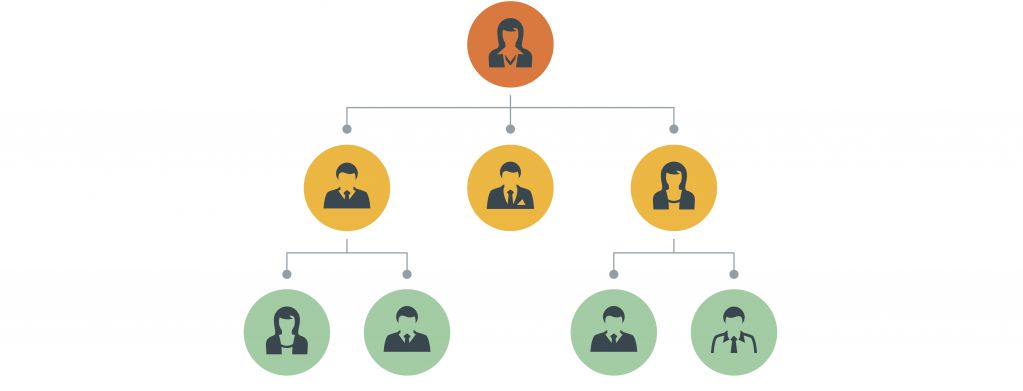
Governance (Organizational Structure)
Complex grant proposals usually involve the creation of Centers, Institutes, Consortia, etc. When writing these proposals, leading faculty (PI/co-PIs) are often in the same “research is the only thing that matters” mindset, failing to realize that funding agencies put a high emphasis on the team’s ability to execute, established processes, integration within the host institution and across institutions, etc.
The Governance/Management/Center Design section of a proposal (multiple titles are given to these sections based on funder) outlines how a project will be organized, overseen, and administered. This section typically provides a clear description of the roles and responsibilities of the leadership and management team, as well as the processes in place to ensure that the project is effectively executed and achieves its goals.
Questions that need to be considered by the PI (and will most likely appear in the assessment of their grant by the reviewers):
- Is the leadership and staff support structure clear and appropriate for the scale and complexity of the project?
- How well qualified is the individual, team, or organization to conduct the proposed activities?
- Does the design and organization of the Institute/Center/Consortia include effective mechanisms and fair, inclusive practices for allocating funds and resources, managing the proposed activities, attributing credit for intellectual contributions, and otherwise achieving the envisioned objectives?
- Does the decision-making process seem effective, inclusive, ensuring both accountability and flexibility?
- Are the external partners’ roles (e.g., subawardees, consultants, industry, etc.) clearly delineated as well as integrated into the larger structure?
- How will the leadership team ensure effective collaboration and minimize silos between different teams, groups, disciplines, and institutions?
Key components in the "Governance and Management" (usually in a chart) section often include:
A detailed explanation of the project leadership, including the principal investigator (PI), co-principal investigators (co-PIs), other key personnel, and staff. It is strongly suggested to budget for a full-time project manager and event coordinator (if the budget allows). The overview should clarify their specific roles, how they will contribute to the project, and the relationships between them. Include key roles for research, administration, education, training and outreach, broader impacts, and assessment. You may be creative (e.g., use SciArt expert in your team to communicate scientific messages in an artistic way, video creator to disseminate your products-workshops, training, etc.) but always balance the opportunity cost when adding those resources. Your priority is to form a strong team that has all the skills and knowledge needed to meet your sponsor’s requirements and your proposed goals and objectives. The rest is a desired, not a must-have on your chart.
Describes the processes and mechanisms for making important decisions at both strategic and operational levels, including how conflicts will be resolved and how input from various stakeholders, including a broader community will be integrated.
Includes Internal and External Advisory Boards and External Review member who will provide guidance and oversight. Describe their roles and your plan to leverage them for input, monitoring, and evaluation, including the frequency of those interactions.
Explanation of the day-to-day management of the project, including timelines, milestones, and how progress will be monitored. This may include descriptions of software tools or methodologies that will be used for tracking and reporting.
A strategy for identifying and mitigating potential risks to the project, ensuring that there are contingency plans in place to deal with unforeseen challenges.
Outlines how the project will be evaluated to determine whether it is meeting its goals and objectives. This may include both internal assessments and external reviews. Learn more here.
Examples of Organizational Charts
Examples of Governance Organizational Charts may be found here (requires Penn State SSO credential)